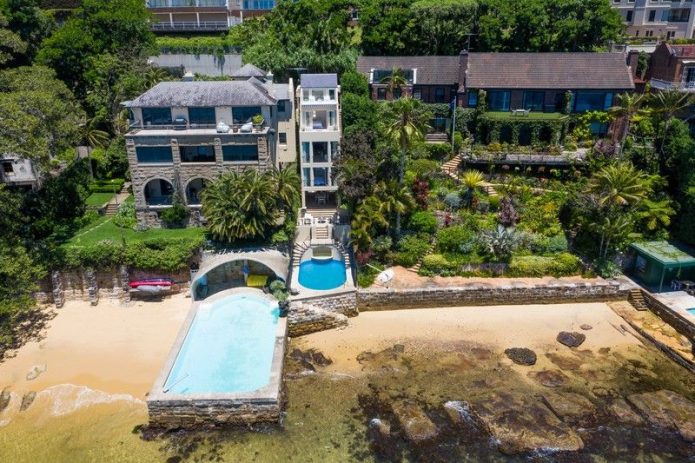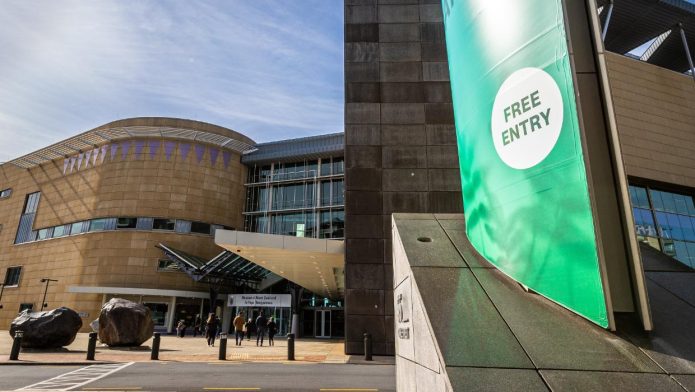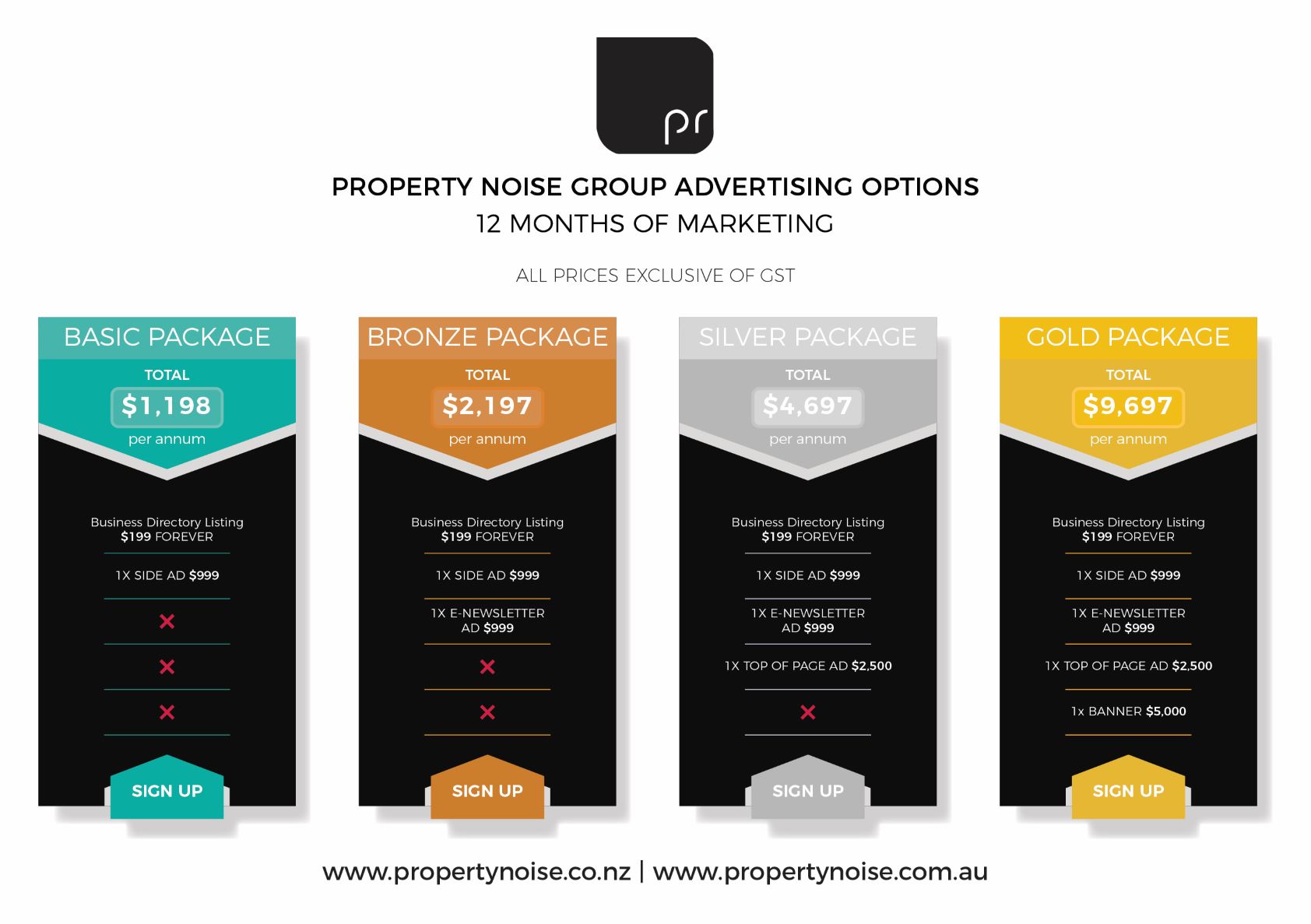PHOTO: Tony Alexander. FILE
City Centers Expected to Lead House Price Increases, According to Economist Tony Alexander
Tony Alexander‘s latest property data research has revealed disparities in property market activity and pricing across New Zealand. While some regions are experiencing robust growth, others are lagging behind.
Alexander anticipates that all property markets will see price increases, with a particular focus on urban areas. He stated, “I expect all markets are going to rise, and my view for over a year has been that the upward phase of the price cycle for New Zealand this time will be led by the cities.” He initially thought this would be primarily in Auckland but has been surprised by the strength of Wellington and Christchurch as well. He believes that migration and population growth play a significant role in these price gains.
CoreLogic NZ Monthly Property & Economic Update – October 2023 | WATCH
Cities showing signs of rising property prices include Auckland, Wellington, Bay of Plenty, Gisborne, Manawatu/Whanganui, Nelson/Tasman/Marlborough, Canterbury, Queenstown, and Dunedin.
Foreign students returning have likely contributed to the housing market’s revival in Auckland, and the city appears “under-priced” compared to its long-term trend. Data from the Real Estate Institute for September showed a 1.4% increase in median house sale prices.
In Wellington, a shortage of available properties has boosted prices, with a nearly 5% increase over the past four months from the pandemic low.
Canterbury’s property prices have remained relatively stable compared to the rest of the country, with consistently better-than-average price changes since the June quarter of 2021.
Wellington Property Linked to Terry Serepisos Heads to Mortgagee Sale without Reserve
Queenstown’s property prices are described as “soaring” due to an influx of residents and economic growth supported by tourism.
In Southland, prices rose by 2.3% in the September quarter, compared to the national average of 1.8%.
Nelson, Tasman, Marlborough, Manawatu, and Whanganui all saw price increases, albeit more moderate. Marlborough had an impressive 66.7% increase in sales year-on-year in September.
On the flip side, areas such as Taranaki, Waikato, Northland, and Hawke’s Bay did not experience substantial price increases.
Northland’s prices continued to decline, although the pace of decline had slowed. There is a lagged relationship between Auckland’s housing market changes and similar changes happening in Northland.
Waikato’s price declines appeared to have ended, although they were not yet firmly on the rise. The West Coast had not shown clear signs of improvement.
Kiwis Encouraged to Embrace Naturism on Nude Gardening Day | WATCH
In Taranaki, despite not experiencing the recent house price increases seen in other regions, prices were not rising sharply. Alexander expects better price performance in the coming years.
Hawke’s Bay stood out as the worst performer, with no clear sign that the house price declines had ended. Prices fell by 3% on average in the September quarter, the weakest result for all regions.
Alexander emphasized that investors seeking capital gains could still find opportunities in more affordable areas like Southland. Historically, prices in Southland tend to rise comparably to other parts of the country, offering good yields as well.
However, he cautioned that the excitement and focus of the market tend to center on major cities, and investors should thoroughly understand the characteristics and risks of any area they consider for investment, especially if it’s unfamiliar to them.












